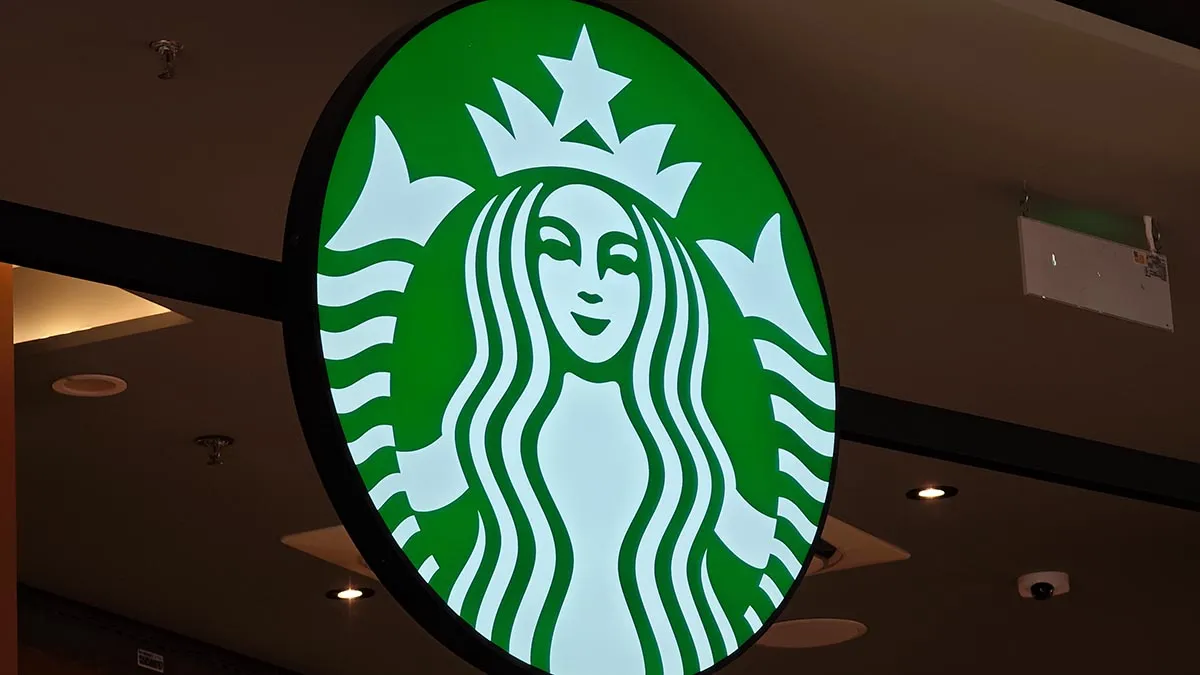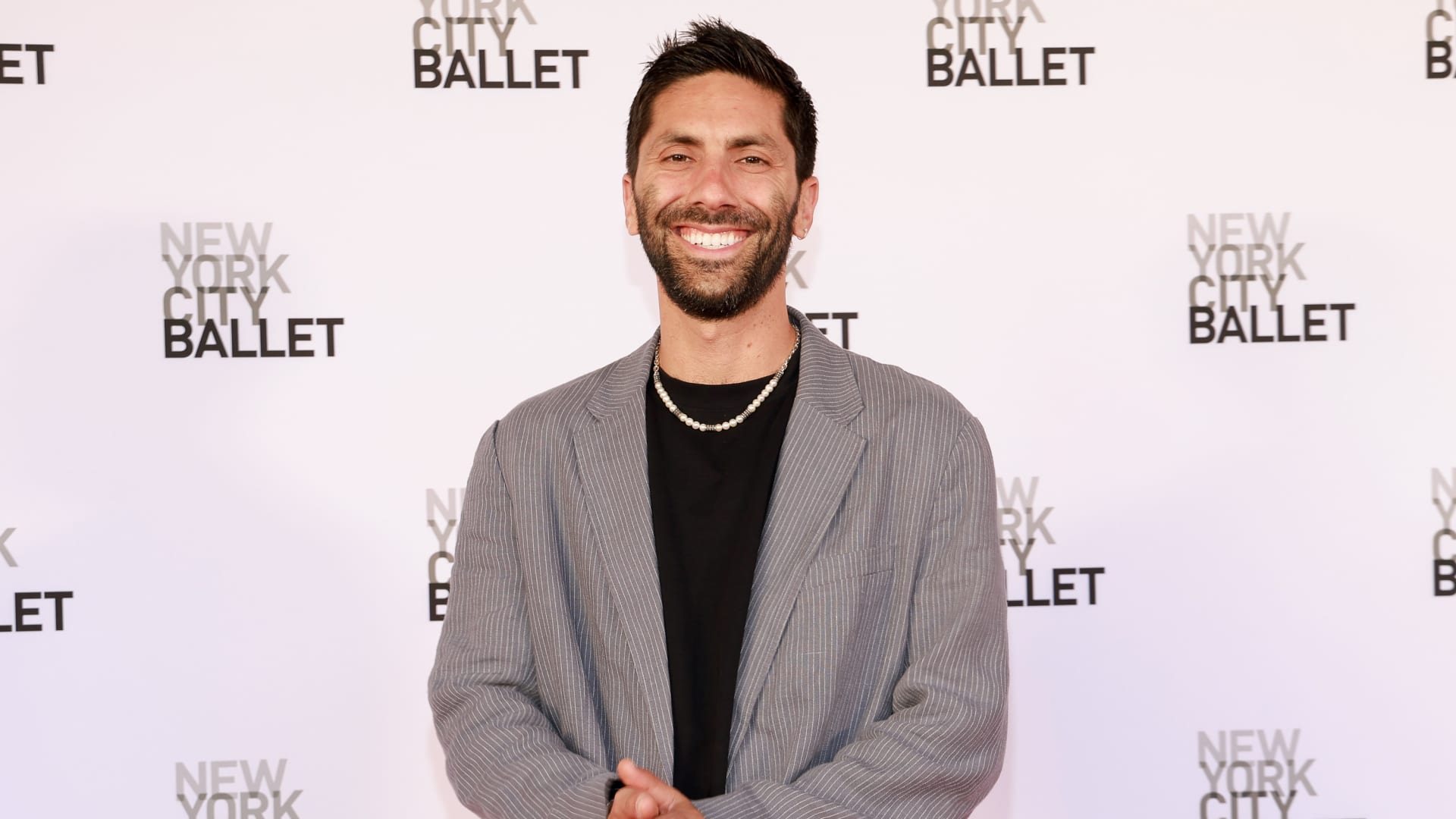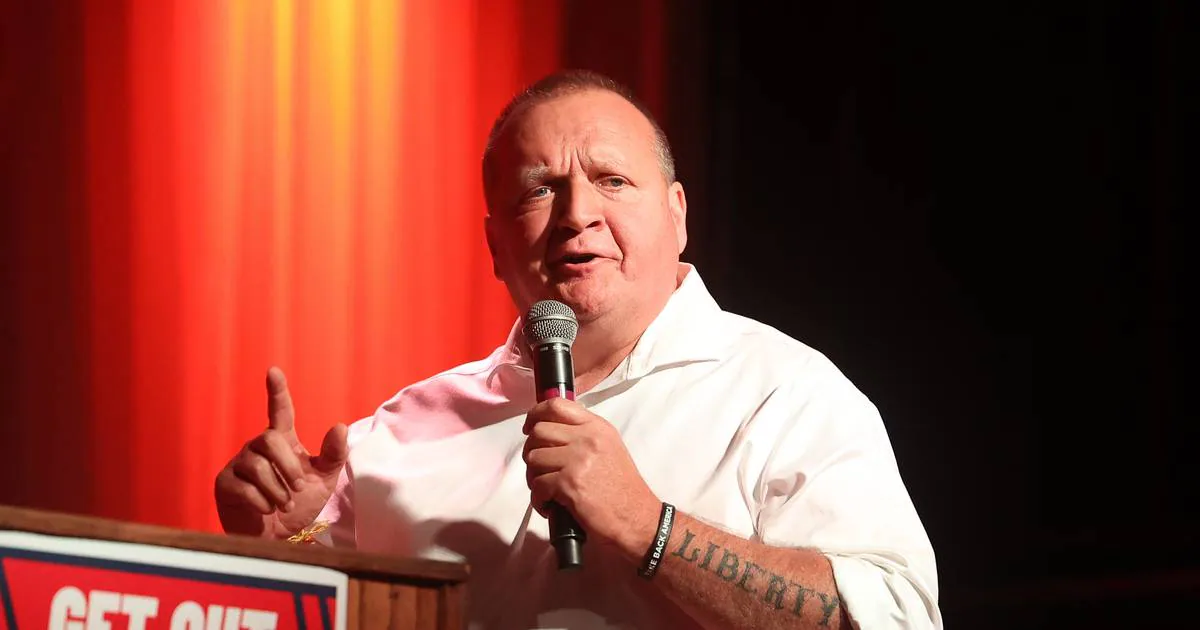
Starbucks announced this week that it would close a number of stores across the U.S. and it appears several of those closures may be in the Chicago area.
The closures are expected to begin as early as this weekend.
Here’s a look at what to know:
How many stores are closing?
The company wouldn’t give a number of stores that are closing, but the bulk of the closures appear to be in the U.S. and Canada. Starbucks said it expects to have 18,300 North American locations when its fiscal year ends on Sunday. As of June 29, the company had 18,734 locations.
In a research note Thursday, TD Cowen analyst Andrew Charles estimated Starbucks will close around 500 North American stores in its fiscal fourth quarter.
In a letter to employees in Europe, Starbucks Chairman and CEO Brian Niccol said some locations in the U.K., Austria and Switzerland will also be closing. Starbucks didn’t say how many stores will be impacted on those nations, either.
Local
The company did note the retail locations in places like Target are not among the closures.
It was not immediately clear how many of the stores that are closing are unionized. Workers at 650 company-owned U.S. Starbucks stores have voted to unionize since 2021, but they have yet to reach a contract agreement with the company.
Starbucks Workers United, the labor group organizing workers, said Thursday that the closures were made without input from Starbucks’ baristas. The union said it intends to engage in bargaining at every union-represented store that is closing to ensure workers can be placed at another store they prefer.
Starbucks said “represented (unionized) status is not a factor when we consider whether to close a store.”
When are stores closing?
The Seattle coffee giant said store closures would start immediately. Starbucks said affected baristas will be offered severance packages and transfers to other locations where possible.
Starbucks said it will notify nonretail employees whose positions are being eliminated early Friday. Starbucks asked employees who can work from home to do so on Thursday and Friday.
A company spokesperson told NBC Chicago signage will be going up on the impacted stores and customers will be notified via email.
Which locations in the Chicago area could be impacted?
While the exact number and locations of closures have not been released, several stores on Starbucks’ website had “closed” listed for their hours beginning Sunday, the same time the company ends its 2025 fiscal year.
A review of stores around the area by NBC Chicago noted the following stores were listed with “Closed” hours starting this weekend and continuing into next week:
(Note: this list could change as Starbucks has not yet confirmed which stores are closing. Check your local store’s hours here.)
CHICAGO
95th & Ashland
Jackson & Wells
State & Adams
Millennium Station – Underground
Halsted & Monroe – Greek Town
Ridge & Clark
1730 W Fullerton – Riverpoint
Chicago & Main
Foster & Sawyer -North Park
Rush Rubschlager Bldg – 4th Floor
1430 W. Taylor – University Village
120 S. Riverside (closure status begins Saturday)
North & Damen
North & Clybourn – CTA Station
111 E. Chestnut
55th & Woodlawn – Hyde Park
Hoffman Estates
Barrington & Lakewood
Buffalo Grove
Aptakisic & Buffalo Grove Rd.
Lombard
799 Butterfield – Lombard
Why is Starbucks closing stores?
In a letter sent to employees Thursday, Niccol said a review of the company’s stores identified locations where the company doesn’t see a path to financial stability or isn’t able to create the physical environment customers expect. Those stores are being closed.
“Each year, we open and close coffeehouses for a variety of reasons, from financial performance to lease expirations,” Niccol wrote. “This is a more significant action that we understand will impact partners and customers. Our coffeehouses are centers of the community, and closing any location is difficult.”
Starbucks said it expects to spend $1 billion on the restructuring, including $150 million on employee separation benefits and $850 million related to the physical store closing and the cost of exiting leases.
Read the full letter from Starbucks CEO Brian Niccol
Partners,
I’m grateful for the work everyone is doing to put world-class customer service at the center of everything we do and focus on creating an elevated Starbucks experience for every customer, every time.
While we’re making good progress, there is much more to do to build a better, stronger, and more resilient Starbucks. As we approach the beginning of our new fiscal year, I’m sharing two decisions we’ve made in support of our Back to Starbucks plan. Both are grounded in putting our resources closest to the customer so we can create great coffeehouses, offer world-class customer service, and grow the business.
Changes to some of our coffeehouses
First, I shared earlier this year that we were carefully reviewing our North America coffeehouse portfolio through the additional lens of our Back to Starbucks plan. Our goal is for every coffeehouse to deliver a warm and welcoming space with a great atmosphere and a seat for every occasion.
During the review, we identified coffeehouses where we’re unable to create the physical environment our customers and partners expect, or where we don’t see a path to financial performance, and these locations will be closed.
Each year, we open and close coffeehouses for a variety of reasons, from financial performance to lease expirations. This is a more significant action that we understand will impact partners and customers. Our coffeehouses are centers of the community, and closing any location is difficult.
To put it into context: Since we’ve already opened numerous coffeehouses over the past year, our overall company-operated count in North America will decline by about 1% in fiscal year 2025 after accounting for both openings and closures.
We will end the fiscal year with nearly 18,300 total Starbucks locations – company operated and licensed – across the U.S. and Canada. In fiscal year 2026, we’ll grow the number of coffeehouses we operate as we continue to invest in our business. Over the next 12 months, we also plan to uplift more than 1,000 locations to introduce greater texture, warmth, and layered design.
Partners in coffeehouses scheduled to close will be notified this week. We’re working hard to offer transfers to nearby locations where possible and will move quickly to help partners understand what opportunities might be available to them.
For those we can’t immediately place, we’re focused on partner care including comprehensive severance packages. We also hope to welcome many of these partners back to Starbucks in the future as new coffeehouses open and the number of partners in each location grows.
Reducing non-retail partner roles
Second, we’re further reducing non-retail headcount and expenses. This includes the difficult decision to eliminate approximately 900 current non-retail partner roles and close many open positions.
As we build toward a better Starbucks, we’re investing in green apron partner hours, more partners in stores, exceptional customer service, elevated coffeehouse designs, and innovation to create the future. We will continue to carefully manage costs and stay focused on the key areas that drive long-term growth.
Non-retail partners whose roles are being eliminated will be notified tomorrow morning (Friday). We will offer generous severance and support packages including benefits extensions.
Unless your job specifically requires you to be on site in the office, we’re asking you to work from home today and tomorrow.
What’s next
These steps are to reinforce what we see is working and prioritize our resources against them. Early results from coffeehouse uplifts show customers visiting more often, staying longer, and sharing positive feedback. Where we’ve invested in more green apron partner hours so that there are more partners working at busy times, we saw improvements in transactions, sales, and service times, alongside happier, more engaged partners.
I know these decisions impact our partners and their families, and we did not make them lightly. I believe these steps are necessary to build a better, stronger, and more resilient Starbucks that deepens its impact on the world and creates more opportunities for our partners, suppliers, and the communities we serve.
To those partners who will be leaving, I want to say a profound thank you. To those continuing on our turnaround journey, I deeply appreciate your commitment to helping us get back to Starbucks.



